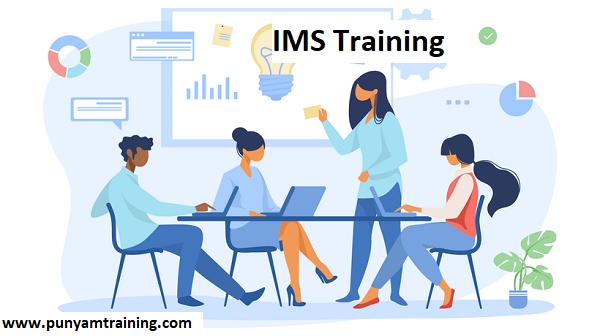Your business can gain from an Integrated Management System (or "IMS") by being more productive and efficient, lowering costs, and reducing the amount of disruption brought on by frequent external audits. It also demonstrates your dedication to improved performance, satisfied clients and workers, and ongoing development.
When you have an integrated management system, all of the systems you have operate together towards the same objective, which is to increase organizational performance. Instead of working in silos, you now have a unified effort that is both more efficient and effective overall. A unified, straightforward picture of your complete organization, its interdependencies, and the hazards involved is provided by an integrated system.
Top 8 Advantages of Integrated Management System
Integrating management systems may lead to cost savings and efficient utilization of resources within an organization. Here some advantages of Integrated Management System are:
- Performance Enhancement: Improvements in quality, safety, risk, and productivity are just a few examples of the specific management system outcomes and components that integrated management systems would favorably affect.
- Removing Duplicate Work: The ability to align the standards to identify shared or unique management system components is one of the main advantages of integrating several management system standards. These could contain guidelines, goals, procedures, or tools. You might be able to use a single method, for instance, for management reviews, internal audits, training, document control, and improvements. These similarities can be seen when you apply multiple standards at once, which can save your organization a significant amount of time and money.
- Responsibility: Responsibility will improve as a result of system alignment when several management systems are integrated at once and coherent objectives, processes, and resources are established.
- Establishing Reliability: Your organization can improve the consistency of the management systems by using an integrated strategy. The system will become less complex and easier to understand when uniformity is established. A greater focus on accomplishing a common set of goals that are relevant to the organization will result in regularity.
- Bureaucracy Reduction: By getting rid of duplication and integrating management systems, bureaucracy can be decreased. It makes it possible to address problems methodically, better adapt to changes, and make decisions more quickly. Establishing process owners with cross-functional teams can support ISO-based concerns and assist in removing barriers.
- Cost-Cutting: Your company may undertake integrated audits and evaluations using integrated management systems, and processes and resources can be optimized. When these technologies are integrated, it can assist shorten the amount of effort needed to complete specific tasks, eliminate delays, and thereby cut costs.
- Integrated Audits: You can have integrated audits after you have an integrated management system in place. Having integrated audits has a lot of fantastic advantages; for more information, see: Audits of integrated ISO management systems
- Helping with Decision-Making: A fuller understanding of the functional demands and performance is possible with the elimination of redundancy and the establishment of uniformity within the organization. The organization can analyze departmental and functional barriers using this integrated technique, which will enhance interaction and decision-making.
About Integrated Management System Training
The IMS auditor training assists in gaining all the necessary abilities and even the right tools to support you in your duties as an internal auditor in an organization. The goal of the IMS auditor training is to support and confirm the learner's competencies and abilities so they may efficiently audit a process, activity, or department/function of a QMS by the requirements of ISO 9001:2015, ISO 14001:2015, and ISO 45001:2018.


No comments yet